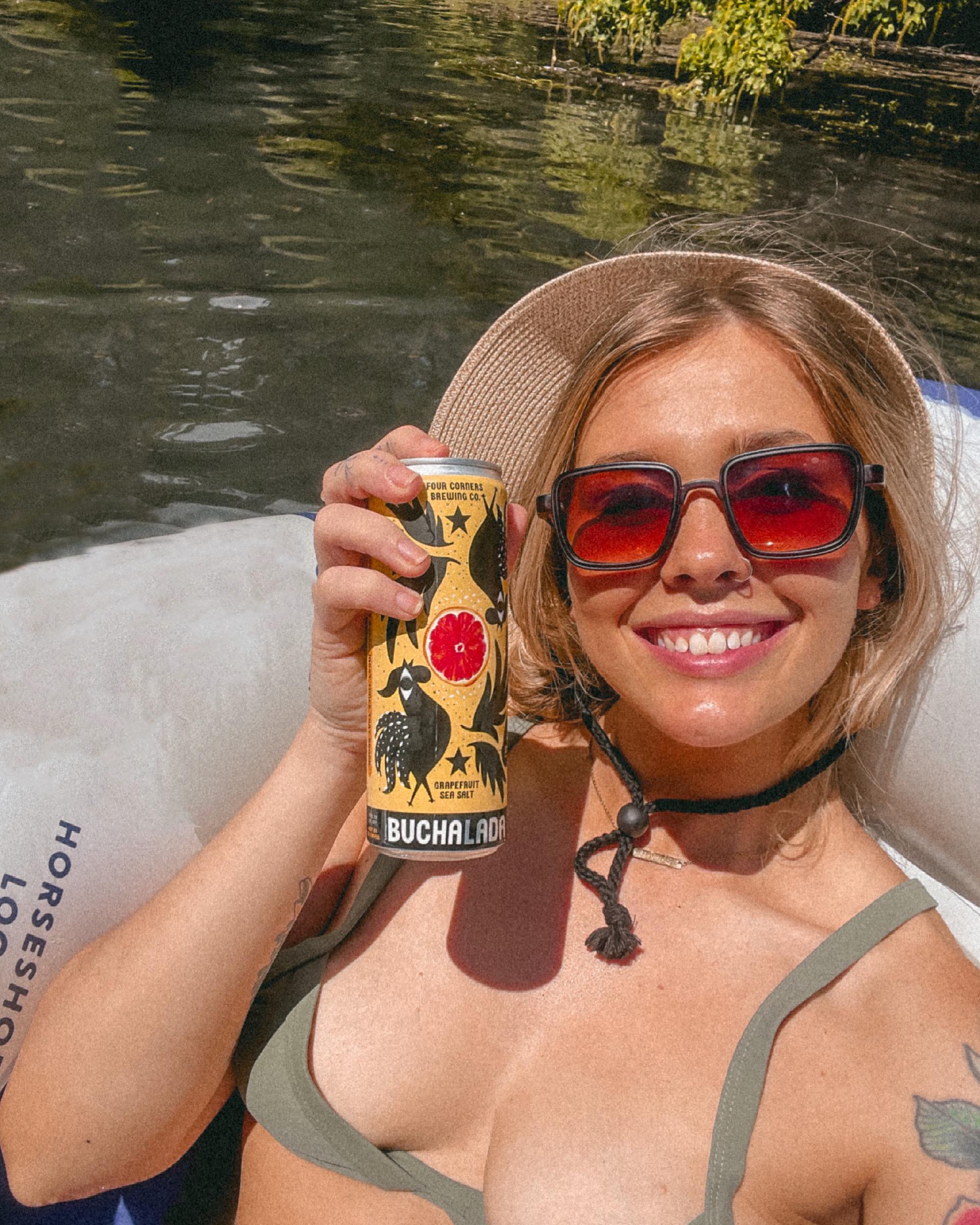The Truth about Tanning Oils: Pros, Cons and Better Options

Tanning oil has been a popular choice for achieving a deeper and more even tan. But are tanning oils really good for your skin? Let’s dive into the pros and cons of using tanning oil, how it affects your skin, and some alternatives you can try.

Pros of Tanning Oils
One of the biggest advantages of using tanning oil is that it helps you achieve a deeper, darker tan in a shorter amount of time. Tanning oils are formulated with ingredients like mineral oil, coconut oil, or olive oil, which help to attract and absorb UV rays, increasing the amount of melanin produced in your skin. This means that you can achieve a deeper tan with less sun exposure.
Tanning oils also often contain ingredients like vitamin E, aloe vera, and other moisturizing agents, which can help to keep your skin hydrated and prevent dryness or flakiness that can occur with prolonged sun exposure.
Cons of Tanning Oils
While tanning oil can help you achieve a darker tan, it comes with some downsides as well. The most significant risk associated with tanning oil is that it can increase your risk of sunburn and skin damage. Tanning oils attract and absorb UV rays, which can penetrate deeper into the skin and cause damage at a cellular level. This can lead to premature aging, sun spots, and an increased risk of skin cancer.
Another downside of tanning oil is that it can be messy and difficult to apply evenly. Tanning oils are often thick and greasy, which can make them difficult to spread evenly across the skin. This can result in patchy, uneven tans and increase your risk of sunburn on areas where the oil has pooled.
How Tanning Oil Affects Your Skin
Tanning oil works by attracting and absorbing UV rays, which can cause damage to your skin. The UV rays in sunlight can penetrate deep into the skin and damage collagen fibers, leading to premature aging, wrinkles, and an increased risk of skin cancer. Tanning oils can intensify this damage by increasing the amount of UV radiation that reaches the skin.
One study found that tanning oils can actually increase the amount of UV radiation that penetrates the skin, leading to more damage and a higher risk of skin cancer (Physics Stack Exchange). While some oils, like olive oil, may provide some UV protection, the risks associated with tanning oil likely outweigh any potential benefits.
Alternatives to Tanning Oil
If you’re looking for a safer alternative to tanning oil, there are several options you can try. Sunscreen is the most important step in protecting your skin from sun damage. Look for broad-spectrum sunscreen with an SPF of at least 30 and reapply every two hours when outdoors.

Another option is to use a self-tanning product like a lotion or spray. Self-tanning products contain DHA, a chemical that reacts with the amino acids in your skin to produce a temporary bronze color. While self-tanning products don’t provide any sun protection, they can help you achieve a tan without the risks associated with tanning oil.
Conclusion
While tanning oil may help you achieve a deeper, more even tan, it comes with significant risks for your skin. Tanning oils can increase your risk of sunburn, premature aging, and skin cancer. If you’re looking for a safer alternative to tanning oil, try using sunscreen or a self-tanning product to achieve a sun-kissed glow without the risks.
To minimize the risks associated with tanning oil, experts recommend using a broad-spectrum sunscreen with a high SPF (at least 30) in addition to your tanning oil. This will help protect your skin from the harmful effects of UV radiation while still allowing you to achieve a beautiful, golden tan. As recommended by Tropic Labs, sunscreen should be applied first, and then tanning oil can be applied on top, at least 15 minutes later. This way, your skin is protected from UV radiation while allowing the tanning oil to help you achieve your desired tan.
Works Cited:
- Byrdie. “Is Tanning Oil Bad for Your Skin?” https://www.byrdie.com/is-tanning-oil-bad-for-your-skin-5069534
- Life & Style. “Is It Safe to Use Tanning Oil? Top Experts Weigh In.” https://www.lifeandstylemag.com/posts/is-it-safe-to-use-tanning-oil-top-experts-weigh-in/
- BoatSafe. “How Does Tanning Oil Work?” https://www.boatsafe.com/how-does-tanning-oil-work/
- Healthline. “Olive Oil for Tanning: Benefits and Dangers.” https://www.healthline.com/health/beauty-skin-care/olive-oil-for-tanning
- Physics Stack Exchange. “How Does Tanning Oil Increase UV Skin Damage?” https://physics.stackexchange.com/questions/502812/how-does-tanning-oil-increase-uv-skin-damage
- Science Update. “Tanning Oil.” https://www.scienceupdate.com/2010/07/tanning-oil/










